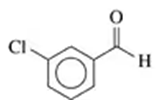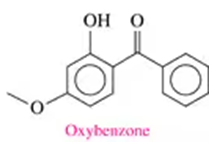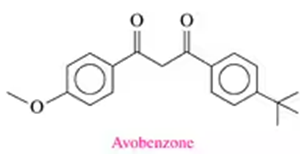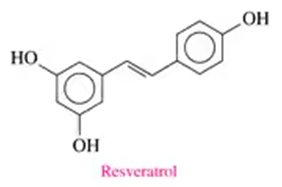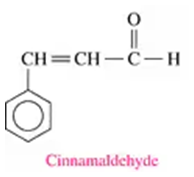 Back
BackProblem 17a
Write the common name for each of the following:
a. <IMAGE>
Problem 17b
Write the common name for each of the following:
b. <IMAGE>
Problem 18c
Write the common name for each of the following:
c. <IMAGE>
Problem 19b
Write the IUPAC name for each of the following:
b. <IMAGE>
Problem 19c
Write the IUPAC name for each of the following:
c. <IMAGE>
Problem 19d
Write the IUPAC name for each of the following:
d. <IMAGE>
Problem 20c
Give the IUPAC name for each of the following:
d.
Problem 21b
Draw the condensed structural formula for each of the following:
b. 4-chloro-2-pentanone
Problem 21c
Draw the condensed structural formula for each of the following:
c. butyl methyl ketone
Problem 21d
Draw the condensed structural formula for each of the following:
d. 3-methylpentanal
Problem 22b
Draw the condensed structural formula for each of the following:
b. 2,3-dichlorobutanal
Problem 24b
Which compound in each of the following pairs would be more soluble in water? Explain.
b. propanone or 3-hexanone
Problem 24c
Which compound in each of the following pairs would be more soluble in water? Explain.
c. butanal or hexanal
Problem 26b
Write the balanced chemical equation for the complete combustion of each of the following compounds:
b. 3-hexanol
Problem 27b
Draw the condensed structural or line-angle formula for the alkene produced by each of the following dehydration reactions:
b.
Problem 28b
Draw the condensed structural or line-angle formula for the alkene produced by each of the following dehydration reactions:
b.
Problem 29c
Draw the condensed structural or line-angle formula for the aldehyde or ketone formed when each of the following alcohols is oxidized [O] (if no reaction, write none):
d.
Problem 32b
Draw the condensed structural formulas for the aldehyde and carboxylic acid produced when each of the following is oxidized:
c. 3-chloro-1-propanol
Problem 33a
Draw the condensed structural formula for the alcohol formed when each of the following is reduced by hydrogen in the presence of a nickel catalyst:
a. butyraldehyde
Problem 33c
Draw the condensed structural formula for the alcohol formed when each of the following is reduced by hydrogen in the presence of a nickel catalyst:
c. hexanal
Problem 33d
Draw the condensed structural formula for the alcohol formed when each of the following is reduced by hydrogen in the presence of a nickel catalyst:
d. 2-methyl-3-pentanone
Problem 34a
Draw the condensed structural formula for the alcohol formed when each of the following is reduced by hydrogen in the presence of a nickel catalyst:
a. ethyl propyl ketone
Problem 34c
Draw the condensed structural formula for the alcohol formed when each of the following is reduced by hydrogen in the presence of a nickel catalyst:
c. 3-chlorocyclopentanone
Problem 35b
Oxybenzone is an effective sunscreen whose structural formula is shown.
b. What is the molecular formula and molar mass of oxybenzone?
Problem 36a
Avobenzone is a common ingredient in sunscreen. Its structural formula is shown.
a. What functional groups are in avobenzone?
Problem 36b
Avobenzone is a common ingredient in sunscreen. Its structural formula is shown.
b. What is the molecular formula and molar mass of avobenzone?
Problem 39
A compound called resveratrol is an antioxidant, found in the skin of grapes. Identify the functional groups in resveratrol.
<IMAGE>
Problem 40
A compound called cinnamaldehyde is found in cinnamon. Identify the functional groups in cinnamaldehyde.
<IMAGE>
Problem 41
Which of the following will give a positive Tollens' test?
a. propanal
b. ethanol
c. ethyl methyl ether
Problem 42
Which of the following will give a positive Tollens' test?
a. 1-propanol
b. 2-propanol
c. hexanal

